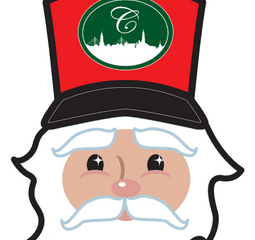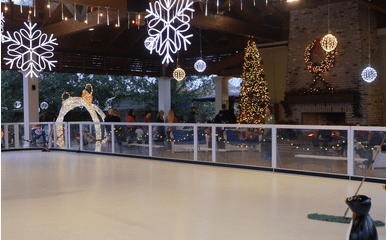Uncategorized
The Importance of Picture Outlines in Art and Design
Creating a picture outline can be a challenging but rewarding process for artists and designers. If you want to try outline an image, you can try Vista Create tool, as a picture outline is the foundation of any artwork, providing structure and a clear understanding of the overall composition. In this blog post, we will explore various techniques and tips for creating picture outlines, including the importance of planning and sketching, the use of different tools and materials, and the benefits of practicing regularly.
Planning and Sketching
The first step in creating a picture outline is to plan and sketch out your ideas. This process involves brainstorming, researching, and experimenting with different concepts and compositions. Many artists start by sketching rough ideas in a sketchbook or on a digital device, exploring different shapes, lines, and forms. This stage is crucial because it allows you to refine your ideas and develop a clear understanding of what you want to achieve with your artwork.
Once you have a basic idea of what you want to create, it’s time to start sketching out your picture outline. This can be done on paper or digitally, using a variety of tools such as pencils, pens, markers, and stylus pens. It’s important to keep your sketches loose and fluid at this stage, as you’ll be refining and developing them later on.
Tools and Materials
When it comes to creating picture outlines, there are many different tools and materials you can use, depending on your preference and the type of artwork you’re creating. Some popular options include pencils, pens, markers, paintbrushes, and stylus pens. Each of these tools has its own unique advantages and disadvantages, so it’s important to experiment with different options and find what works best for you.
When it comes to choosing the right materials, paper is an important consideration. Different types of paper have different textures and weights, which can affect the way your artwork looks and feels. For example, a smooth paper might be better suited for detailed line work, while a rougher paper might be better for more expressive, textured outlines.
Techniques and Tips
There are many different techniques and tips you can use when creating picture outlines, depending on your style and the type of artwork you’re creating. Here are some of the most popular techniques:
- Contour Drawing: This technique involves drawing the outlines of an object or subject, focusing on its contours and edges. This can be done with a variety of tools, such as pencils, pens, or stylus pens, and can be used to create both realistic and stylized outlines.
- Gesture Drawing: This technique involves creating quick, loose sketches that capture the essence of a subject or scene. Gesture drawing is often used to create dynamic and expressive outlines, and can be done with a variety of tools and materials.
- Grid Drawing: This technique involves dividing a reference image or sketch into a grid, and then recreating the image on a larger scale using the same grid. This can be a useful technique for creating accurate outlines, and can be done with pencils, pens, or digital tools.
- Negative Space Drawing: This technique involves focusing on the spaces between objects or shapes, rather than the objects themselves. By drawing the negative space around a subject or object, you can create interesting and unique outlines that emphasize the shapes and forms of the subject.
In addition to these techniques, there are also a number of tips and tricks that can help you create better picture outlines. Here are some of the most important:
- Practice regularly: Making drawing sketches is a skill that can be learned with time and practice. Set aside time every day or every week to work on your drawing skills and try out new techniques and tools.
- Use reference images: Reference images can be a helpful tool when creating picture outlines, especially if you’re trying to recreate a realistic or accurate representation of a subject. Use photographs or other visual references to guide your outlines and help you understand the shapes and forms of your subject.
- Start with the basic shapes: When creating a picture outline, it’s important to start with the basic shapes and forms of your subject before adding in details. This can help you establish the overall composition and ensure that your outlines are accurate and proportionate.
Conclusion
Creating picture outlines is an essential part of any artwork, providing structure and clarity to the overall composition. Whether you’re an experienced artist or just starting out, there are many techniques and tips you can use to create better outlines, including planning and sketching, using different tools and materials, and practicing regularly.


























